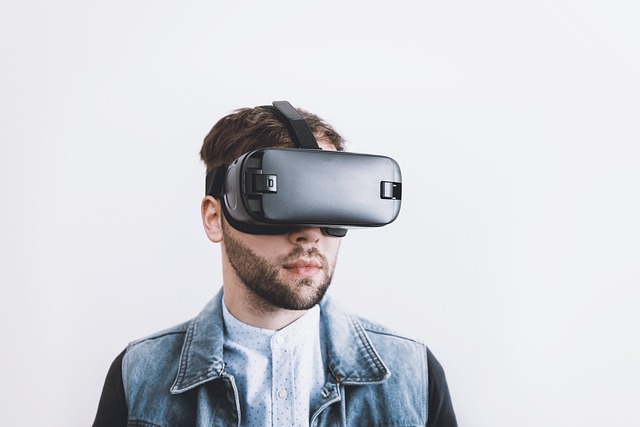
Exploring the Boundaries of Reality: A Dive into the World of Simulation
In an age where the lines between reality and the digital realm seem to blur, the concept of simulation takes on thrilling new dimensions. As we step into this brave new world, we find ourselves enveloped in immersive experiences that challenge our perceptions of existence itself. From virtual reality (VR) to augmented reality (AR) and the expansive universe of the metaverse, the journey into simulated realms is as captivating as it is complex.
Imagine donning a VR headset and being transported to a distant galaxy, where the laws of physics bend to your will, and your every action produces vivid consequences. This kind of simulation allows for exploration that is unattainable in our everyday lives. In these environments, you can break free from the constraints of reality, experiencing thrilling adventures, forging new relationships, or even confronting fears—all within a digital landscape designed uniquely for you.
On the other hand, augmented reality (AR) merges our current reality with digital elements. Through smartphones or smart glasses, we can see the world around us enhanced with interactive visuals that provide information and entertainment. Imagine walking through your city and pointing your device at a historic landmark only to have a wealth of information bestowed upon you, or playing an engaging game that blends seamlessly with your surroundings. This layer of digital content generates a sense of wonder and curiosity, inviting us to explore familiar places in new and innovative ways.
Meanwhile, the concept of the metaverse expands the notion of simulation into a collective digital realm. This expansive universe transcends individual VR or AR experiences, offering interconnected virtual spaces where users can socialize, engage in commerce, create art, and participate in activities spanning various digital environments. The metaverse is where our online selves can connect with others in a new economic and social paradigm, fostering global communities while also presenting unique challenges in terms of identity, privacy, and the nature of reality itself.
As we navigate these extraordinary advancements, it’s essential to ponder the implications of our growing reliance on simulated experiences. Are we simply escaping reality, or are we expanding it? As we embrace simulation, we tap into an intrinsic desire to explore, connect, and redefine life in profound ways. From fostering creativity through game design and storytelling to enhancing education and training, the potential impacts are boundless. The landscape of simulation is ever-evolving, presenting opportunities for groundbreaking discoveries that could redefine our existence, challenge our minds and inspire us to think beyond the confines of our current reality.
Ultimately, as the boundaries of reality continue to expand through the lens of simulation, we find ourselves at a crossroads between what is real and what is imagined. The exploration of virtual realms, augmented spaces, and the rich tapestry of the metaverse offers us a glimpse into a future where possibilities are endless. By immersing ourselves in these experiences, we not only push the limits of technology but also embark on a profound journey of self-discovery and transformation.


